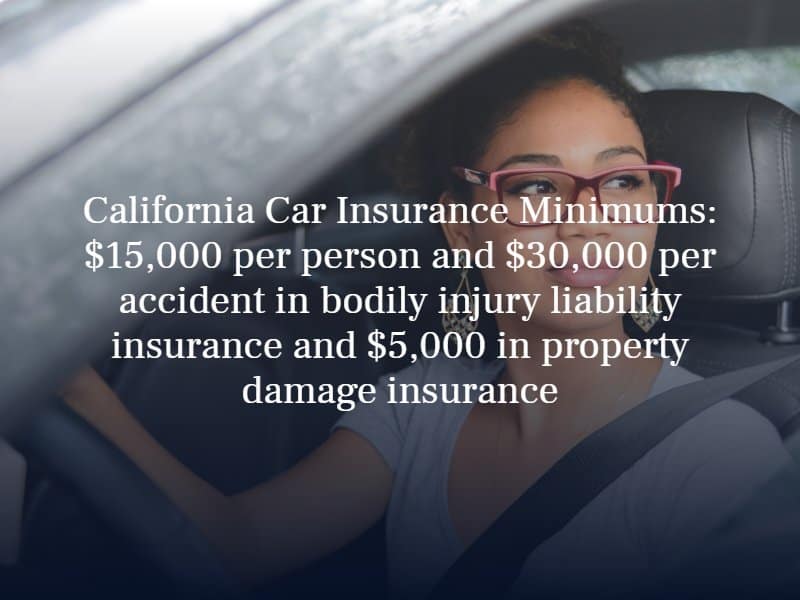Is California a No-Fault State?
If you get into a car accident, you need to understand the car accident laws in the state where the crash took place. These laws will affect how you handle the insurance claims process and who will be responsible for paying for your injuries and losses. There are fault and no-fault car insurance states. California is a fault state, not a no-fault state.
What is a “No-Fault” Accident?
A no-fault accident is something you would encounter in a no-fault insurance state. It means that all drivers involved in the wreck will seek financial benefits from their own insurance providers, regardless of who was at fault for the collision. It is not necessary for these drivers to prove someone else’s fault or negligence to qualify for insurance coverage.
Since California is not a no-fault state, injured victims must file car accident claims with the at-fault driver’s insurance company. This means they must identify the driver who caused the accident and prove this driver’s fault during the insurance process. This can make it more difficult to receive insurance benefits.
No-Fault vs. At-Fault Car Insurance
There are currently 12 states that operate using a no-fault insurance rule. No-fault car accident states require all drivers to carry a special type of car insurance known as personal injury protection (PIP). In Florida, for example, all drivers must show proof of at least $10,000 in PIP insurance.
After a car accident in a no-fault state, all injured parties will file claims with their own auto insurance carriers. The PIP insurance will pay for their medical expenses and lost wages. To have property damage covered, however, the driver will need an additional type of insurance, such as collision or comprehensive coverage.
The only time a driver in a no-fault state can pursue compensation from the at-fault driver is if his or her injuries meet the state’s serious injury threshold. This generally means severe and/or permanent injuries. States that use at-fault car insurance laws, on the other hand, require drivers to carry minimum amounts of bodily injury and property damage liability insurance to pay for other victims’ damages in an accident.
The minimum required amounts of insurance in California are $15,000 per person and $30,000 per accident in bodily injury liability insurance and $5,000 in property damage insurance. An injured driver in an at-fault state can hold another driver financially responsible regardless of the severity of his or her injuries.
What to Do If You’re in an Accident in California
If you get into a car accident in California, you will have to navigate the state’s fault-based insurance law for financial recovery from the liable driver. Take the following steps for the best odds of a successful claim:
- Call the police from the scene of the accident. Having a police accident report can strengthen your insurance claim.
- Gather evidence. While still at the scene of the accident, take photographs and gather other evidence, if possible. You or your lawyer will need to prove the other driver was at fault for your collision.
- Go to a hospital immediately. Do not delay in seeking medical care, as this could give an insurance company a reason to deny your claim.
- Call your own insurance company. Call your auto insurance carrier right away to make an initial report of the accident. Do not admit fault.
- Call the other driver’s insurance company. File a claim with the other driver’s insurance carrier, as well. Both insurance companies will investigate the accident to determine fault.
A representative from the other driver’s insurance company will contact you after you report the collision. Be careful what you say, as he or she will not be on your side. Cooperate with the investigation by providing all requested documents. However, do not sign anything and do not agree to a settlement without first speaking to an attorney.
Contact a car accident lawyer in Los Angeles for assistance with the claims process. An attorney can protect your rights and negotiate for a fair outcome on your behalf.

